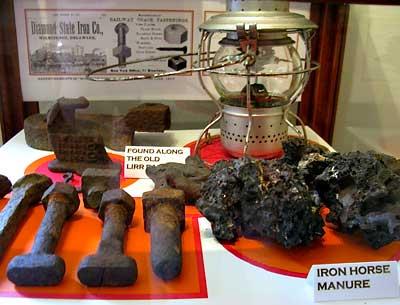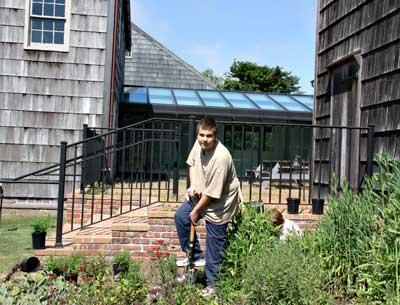It’s Showhouse Time
It’s Showhouse Time
More than 25 interior designers will participate in this year’s Hampton Designer Showhouse in Bridgehampton, which will open with a preview cocktail party on Saturday from 6 to 8 p.m.
This year’s house will be on Paul’s Lane, with designers to include Allison Hennessy, Anne Tarasoff, Caleb Anderson, Elsa R. Soyars, Gil Walsh, Greg McKenzie, India Hicks, Kate Singer, Mecox Design Services, Melanie Roy, Patrik Lonn, Phoebe Howard, and many others.
The showhouse’s regular hours begin Sunday from 11 a.m. to 5 p.m. It will be open through Labor Day with admission of $35. The preview tickets are $225 each. Proceeds benefit Southampton Hospital.





